Welcome to one of the most active flamenco sites on the Internet. Guests can read most posts but if you want to participate click here to register.
This site is dedicated to the memory of Paco de Lucía, Ron Mitchell, Guy Williams, Linda Elvira, Philip John Lee, Craig Eros, Ben Woods, David Serva and Tom Blackshear who went ahead of us.
We receive 12,200 visitors a month from 200 countries and 1.7 million page impressions a year. To advertise on this site please contact us.
|

|
|
Nodal Bars
|
You are logged in as Guest
|
|
Users viewing this topic: none
|
|
Login  | |
|

   
estebanana
Posts: 9351
Joined: Oct. 16 2009

|
 RE: Nodal Bars (in reply to HolyEvil) RE: Nodal Bars (in reply to HolyEvil)
|
|
|
John,
I don't know if you know about lutes but the issue is made very apparent on a lute. The body frets on a lute can give a mushy weak tone if the area under the frets are not stiffened a bit with a extra extension of the neck bock or a brace there. It's far more exaggerated than on a guitar. Just a note because it's interesting to see something on one instrument which can give a higher contrast example of a particular problem.
The old boys like Esteso and Santos knew this and you can see this thing on much of their work. I call it a neck graft bar... does not matter what you call it, but I agree that support under the fingerboard between the sound hole and neck is important. I see Anders solution to this problem is a flat wide patch, I like his idea.
Fleta solved the problem by using two transverse bars between sound hole and neck and other makers solved it by making that 'A Frame' Rodriguez type structure. They all seem to address it, but in a variety of ways.
Anders,
I was citing the appendix because some of doctors offer operations that people don't always need ( or want). In the instance of these so called "nodal bars" I just see them as adding to cross grain stiffness. I have trouble thinking they have anything to do with nodes at all. I think if Rubio put them in as part of his design, which he often did, he may have connected them in some way with a node on his plate. However I think to install them after the top has been braced by someone else it is simply adding mass and stiffness to the cross grain between bridge and bouts.
From what I read about Rubio he said these bars helped him "discipline the trebles" his exact words, but whether or not he actually did work and related them to nodes I can't say. Rubio was not above making up guitar talkie selling points which sounded really cool to buyers so who knows if these things really are actual nodal bars or just sticks making the cross grain stiffer.
Looking at the photos of those bars I would say they are too big and bulky; if shaped down to smaller lighter, rounder braces they would be even more effective, it looks like they can be reduced in mass and height by 50%.
We know that a brace like a Bouchet bar or a strap under the bridge can improve certain aspects of the sound by adding cross grain stiffness without adding too much weight, but it does not work on every guitar. Some guitars are already taking that stiffness into account in the way the original builder braced the top. I think that on one of your guitars or John's or mine, or other builders here who pay attention these matters, adding that extra bar could very well impede the sound or make the guitar unbalanced or way too stiff.
There was an American guitar maker who made steel string guitars and he would add funny little braces here or there which did nothing. When other builders would ask him what it was doing he would reply, "Oh that is the mysterious appendix brace."
_____________________________
https://www.stephenfaulkguitars.com
|
|
|
|
REPORT THIS POST AS INAPPROPRIATE |
Date Jan. 30 2012 23:08:50
 |
|

   
HolyEvil
Posts: 1240
Joined: Nov. 6 2008
From: Sydney, Australia

|
 RE: Nodal Bars (in reply to HolyEvil) RE: Nodal Bars (in reply to HolyEvil)
|
|
|
Hey Stephen, having heard the guitar before and after, there is a BIG Difference in volume of the trebles in the higher registers.
If I brought the guitar to you, how would you go about resolving the volume discrepancy?
John, funny that u called them chicken sticks,. So I guess there's not a official name for them?
But the notes of the guitar is pretty even, not 1 note is extremely loud compared to others, I'm sure there would be some slightly louder than others, as guitars r quite organic, but nothing stands out so much that it's noticeable to me.
And how you or anders approach the issue?
Cheers guys!
|
|
|
|
REPORT THIS POST AS INAPPROPRIATE |
Date Jan. 31 2012 6:22:15
 |
|

   
estebanana
Posts: 9351
Joined: Oct. 16 2009

|
 RE: Nodal Bars (in reply to HolyEvil) RE: Nodal Bars (in reply to HolyEvil)
|
|
|
quote:
Hey Stephen, having heard the guitar before and after, there is a BIG Difference in volume of the trebles in the higher registers.
If I brought the guitar to you, how would you go about resolving the volume discrepancy?
I generally don't like to work over other peoples work. For one I don't work that way fixing something after the guitar is made and I think it's a bit disrespectful to try to "correct" the work of others. I would just make another guitar. However those braces are too big, in my opinion. The stiffness would remain and the braces would be lighter if the tops were curved over. So it may seem arrogant to criticize the second persons work, but he worked over the first persons work.
Personally I would not change the braces on a Manuel Reyes guitar. The way I was taught that would constitute an unethical repair. But there are those to cut Amati, Stradivari and Guadagnini celli to smaller sizes too. It's just a differing in how people see things. If it was a Yamaha I might experiment on it, but if a guitar by an important historical builder was in my care I would probably never alter it in any way that did not fit with the original makers intentions.
For me it not about the sound, but about keeping reputation as an ethical restorer. There are problems with guitars that I'm not obligated to cure because as a guitar doctor I don't hard sell elective surgery. In the bigger picture it's more important for people to know I won't try to alter their Fleta or what have you.
Maybe the next guy who owns that guitar will have the braces carved out to loosen the guitar. Adding a brace here or there is not a panacea. Nor is, for example, the practice of shaving braces on old Martin guitars. People did a lot of altering old Martins and now 20 -30 years alter they fold up under the pressure of getting older without having strong bracing.
_____________________________
https://www.stephenfaulkguitars.com
|
|
|
|
REPORT THIS POST AS INAPPROPRIATE |
Date Jan. 31 2012 16:52:45
 |
|

   
Ricardo
Posts: 14801
Joined: Dec. 14 2004
From: Washington DC

|
 RE: Nodal Bars (in reply to estebanana) RE: Nodal Bars (in reply to estebanana)
|
|
|
quote:
The old boys like Esteso and Santos knew this and you can see this thing on much of their work. I call it a neck graft bar... does not matter what you call it, but I agree that support under the fingerboard between the sound hole and neck is important. I see Anders solution to this problem is a flat wide patch, I like his idea.
Fleta solved the problem by using two transverse bars between sound hole and neck and other makers solved it by making that 'A Frame' Rodriguez type structure. They all seem to address it, but in a variety of ways.
Unless I miss understand, it seems that in Ramirez book, he seemed to think this was a vain attempt to support the soundboard under the shrinking ebony fingerboard that always causes cracks. His way to deal with it was to not glue the edges so as the ebony shrinks from dryness, it does not pull the soundboard with it, or at least in the visable part along the sides.
But what you describe, it if is the same brace I am thinking of, it is used to support sound of the high notes when played up there???
Oh about the nodal bar etc....again in Ramirez book the whole point about his de camara guitar eliminating wolf tones etc....I never understood all that fuss, trying to perfectly balance a guitar. It seems the cool thing about acoustic guitar is the fact that when we play it, the notes DON't all have same strength. I mean that is why we try to put different notes on different strings when making a fingering of a melody....or chord voicing, and play with dynamic control etc. And the tuned top brings out certain notes over others and that gives the characteristic sound of one guitar vs another. And the complaing of the thicker G string, again, I don't get it, its already so cool it sounds so different then the D or B string if you play same notes. Other wise, just play electric guitar and adjust EQ through amplification chain.
I will admit that I don't like a guitar to be extremely bassy or extremely thin overall sounding....but the splitting hairs is silly when a different player comes along. Should we file and contour a guitar bracing and top thickness and tuning for each individual owner?  
_____________________________
CD's and transcriptions available here:
www.ricardomarlow.com
|
|
|
|
REPORT THIS POST AS INAPPROPRIATE |
Date Feb. 1 2012 16:35:36
 |
|

   
estebanana
Posts: 9351
Joined: Oct. 16 2009

|
 RE: Nodal Bars (in reply to Ricardo) RE: Nodal Bars (in reply to Ricardo)
|
|
|
quote:
Unless I miss understand, it seems that in Ramirez book, he seemed to think this was a vain attempt to support the soundboard under the shrinking ebony fingerboard that always causes cracks. His way to deal with it was to not glue the edges so as the ebony shrinks from dryness, it does not pull the soundboard with it, or at least in the visable part along the sides.
I'm speaking about something different. I mentioned the lute soundboard as an an exaggeration of what happens on the guitar. The notes on the lute over the body, past the neck / body join can be "mushy" or weak. The sound board has a dead spot there usually, but on a lute the frets are glued to that upper area of the treble side of the scale. There is no support under the fingerboard unless the maker puts a brace there or extends the neck block under those body frets. There is something about the difference in support and non support of the fingerboard over the body that the lute an guitar respond to.
If the fingerboard has a consistent structure under it all the way to the sound hole, in general this helps the guitar to have a firmer sound in the upper registers. Think about a string stretched over the fingerboard and how solid the neck is. The vibrating sting sets the neck to vibrating, it's a unit working together. Then go over the body and press the string and think about how that disassembles that vibrating unit. The structure is not consistent unless you put more stiffness amass under the fingerboard as it reaches between the body join and the soundhole.
In my understanding the at structural continuation helps keep the string feeling the same type of support to react against. In order to vibrate the string has to be stopped firmly, if there is no support under the fingerboard at some juncture in neck the string is not stopped constantly along it length.
Builders have come to this issue by bolstering up that area under the fingerboard. Santos used a flat brace I call a "neck graft". Today you can see Humphrey's style raised fingerboard guitars with the neck that goes all the way under the board to the soundhole. Smallman's do another thing that makes this go away because they have a huge plate of wood under the top in the upper bout.
And it's true some guitars don't have a neck graft and they work fine. As far as Ramirez book, personally and don't quote me this I think he had a lot of esoteric ideas that were not good ideas. He did some marvelous subtle things in design which we are thankful for. I also think his book reads like an alchemical text, it's not straight forward how to book like many available today. It's dryly philosophical and kind of deals with him painting himself into a corner.
....I never understood all that fuss, trying to perfectly balance a guitar. It seems the cool thing about acoustic guitar is the fact that when we play it, the notes DON't all have same strength. I mean that is why we try to put different notes on different strings when making a fingering of a melody....
I agree. I took lesson wit David Serva a long time ago and I was talking to him about the D'darrio G strings made of that grey composite material. The ones which are supposed to bridge the timbre gap between the D and B by making that transition seem more "samey." he said why would you want to make them sound the same? One of the he great things about the guitar is that the G string is funkier and you can use the funkiness to make your playing have variety. You can wiggle around on the G sting a make it sound like and oud, or play it high up the neck a make it sound "formal" etc. he said you have to explore all the little difference to get your own sound and to keep other for getting bored fro the same sound. he siad if you're the kind of guy who does not have a supersonic picado to occupy the audience you can keep them hooked with subtle interesting changes of sound.
I will admit that I don't like a guitar to be extremely bassy or extremely thin overall sounding....but the splitting hairs is silly when a different player comes along. Should we file and contour a guitar bracing and top thickness and tuning for each individual owner?  
I think the guitarist comes second in this respect. A guitar maker may be doing a special order or trying go do something for a customer, which is fine, but in the end he or she really answers to the guitar and what the guitar wants. The maker can't will the guitar forcefully to be this way or that way. It's really a dialogue between the maker and the guitar while its being made. You can't force the guitar, you can only bring it along with your skillful means and let it breathe. It's more about getting in the groove and just going with it. If you fight the guitar to try to make it do something in particular you mess it up. Guitarists who let the guitar maker have that natural dialog with the guitar usually get a better guitar in the end.
_____________________________
https://www.stephenfaulkguitars.com
|
|
|
|
REPORT THIS POST AS INAPPROPRIATE |
Date Feb. 1 2012 17:39:49
 |
|

   
estebanana
Posts: 9351
Joined: Oct. 16 2009

|
 RE: Nodal Bars (in reply to HolyEvil) RE: Nodal Bars (in reply to HolyEvil)
|
|
|
Holy,
Don't go away mad. To be kind of tough about it, guitar makers are not responsible for the sound of someone elses guitar. We would rather build another one of your own than risk trying to change one made by someone else. We're doing this because we want to fix other peoples guitars. Received wisdom through generations of guitar makers is don't try to change a bad guitar into a good one. There is a reason it has problems and those reasons go back to it's fabrication method or the materials themselves.
Look here, Shelton has a guitar owned by a guy in Berkeley, what if that guy came to me and said "Hey can you make this better? " I would categorically say no. Absolutely not. First off Shelton is older than me, and he's been building longer than I have. ( and emphatically I add, it's fine guitar anyway) In addition to that it would be plain disrespectful for me to even presume I knew what he was thinking about and that I could retroactively change this guitar or do better. Our purpose is not to try to rework the guitars of others, but to maintain them with doing as little modification as possible.
It is not ethical to change the work of another guitar maker unless there is an apparent structural failure that needs to be fixed. In the case of a beater guitar or less value guitar, yeah you can mess around with it, but like the old saying says you can't make a silk purse from a sows ear. Personally I'm not going to set myself up to someones expectations that their guitar will get better if I glue some more sticks inside.
If one is a serious guitar maker like Anders or John or me or others, the last thing you want is to get a reputation for performing repair quackery on instruments. Where do you draw the line once you start modifying guitars? Do you know how many great guitars have been ruined because there have been trends of adding or shaving braces over the years? As I said before there are literally hundreds of fine old Martins that have been ruined to the point of needing to be totally rebraced and or retopped because there was a trend of self styled "modification experts" that carved the braces down to make them lighter. The result is that over time a great many of those guitars have been subject to systemic structural failure and often the guitars become unsalvagable. That is what luthiers have to think about in terms of long range ethics. There have been some great guitars made as a result of those failures, but in making guitars with different brace systems and lighter braces the guitar maker figures out ways to compensate for the loss of integrity in the structure when you make bracing lighter or change position and shape.
You got lucky, your guitars sound improved and you found someone who likes gluing sticks into guitars. Good for you. That's not always the case. And there are those who will try these things, but you can't fault a luthier who wants to remain outside that sphere of modification work because there are just too many examples of modification gone wrong. If you look at the argument from the point of view of a the guitar maker you may see why an over arching ethic is important to some and not to others.
_____________________________
https://www.stephenfaulkguitars.com
|
|
|
|
REPORT THIS POST AS INAPPROPRIATE |
Date Feb. 3 2012 17:32:32
 |
|
 New Messages New Messages |
 No New Messages No New Messages |
 Hot Topic w/ New Messages Hot Topic w/ New Messages |
 Hot Topic w/o New Messages Hot Topic w/o New Messages |
 Locked w/ New Messages Locked w/ New Messages |
 Locked w/o New Messages Locked w/o New Messages |
|
 Post New Thread
Post New Thread
 Reply to Message
Reply to Message
 Post New Poll
Post New Poll
 Submit Vote
Submit Vote
 Delete My Own Post
Delete My Own Post
 Delete My Own Thread
Delete My Own Thread
 Rate Posts
Rate Posts
|
|
|
Forum Software powered by ASP Playground Advanced Edition 2.0.5
Copyright © 2000 - 2003 ASPPlayground.NET |
0.125 secs.
|


 Printable Version
Printable Version



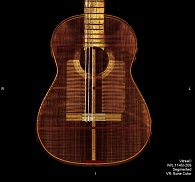

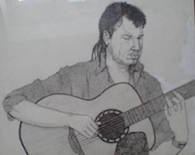
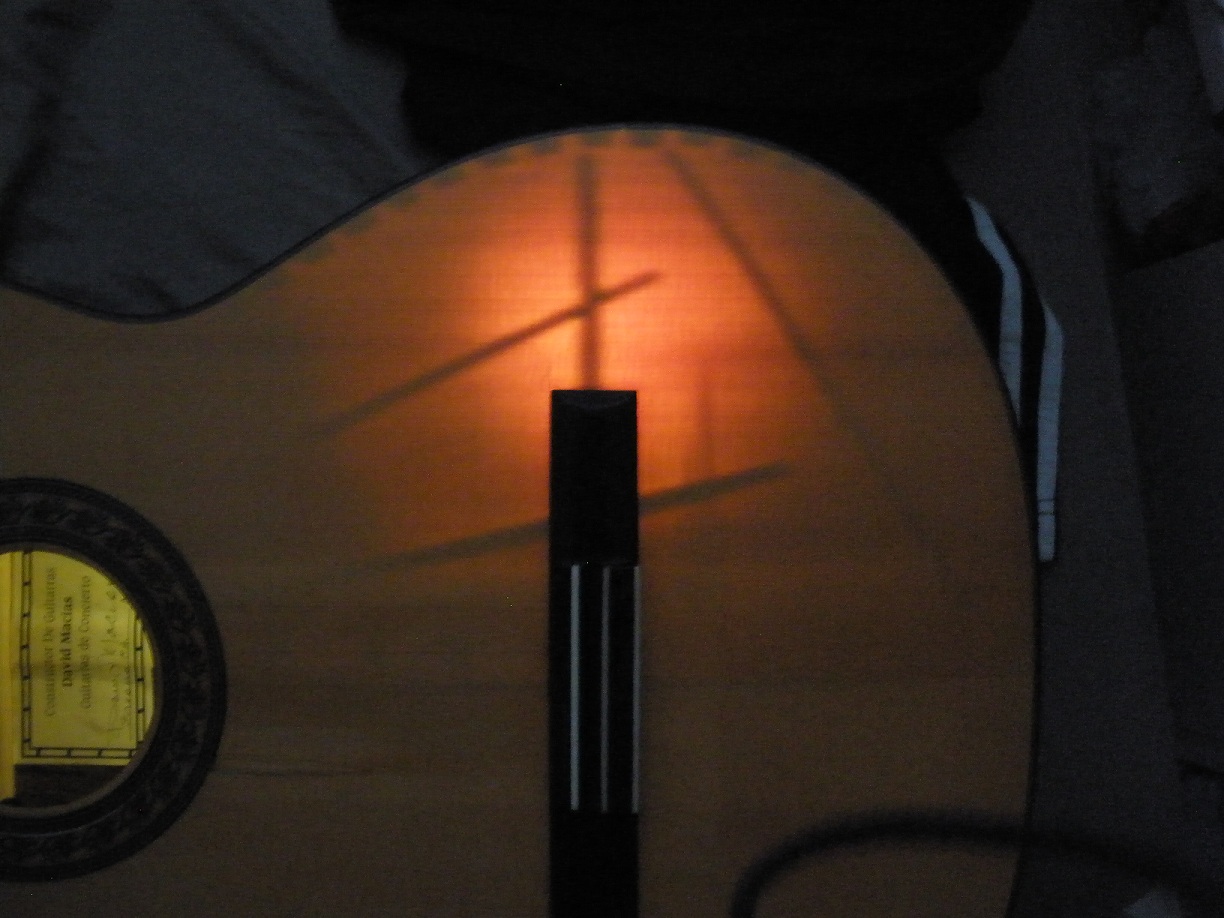
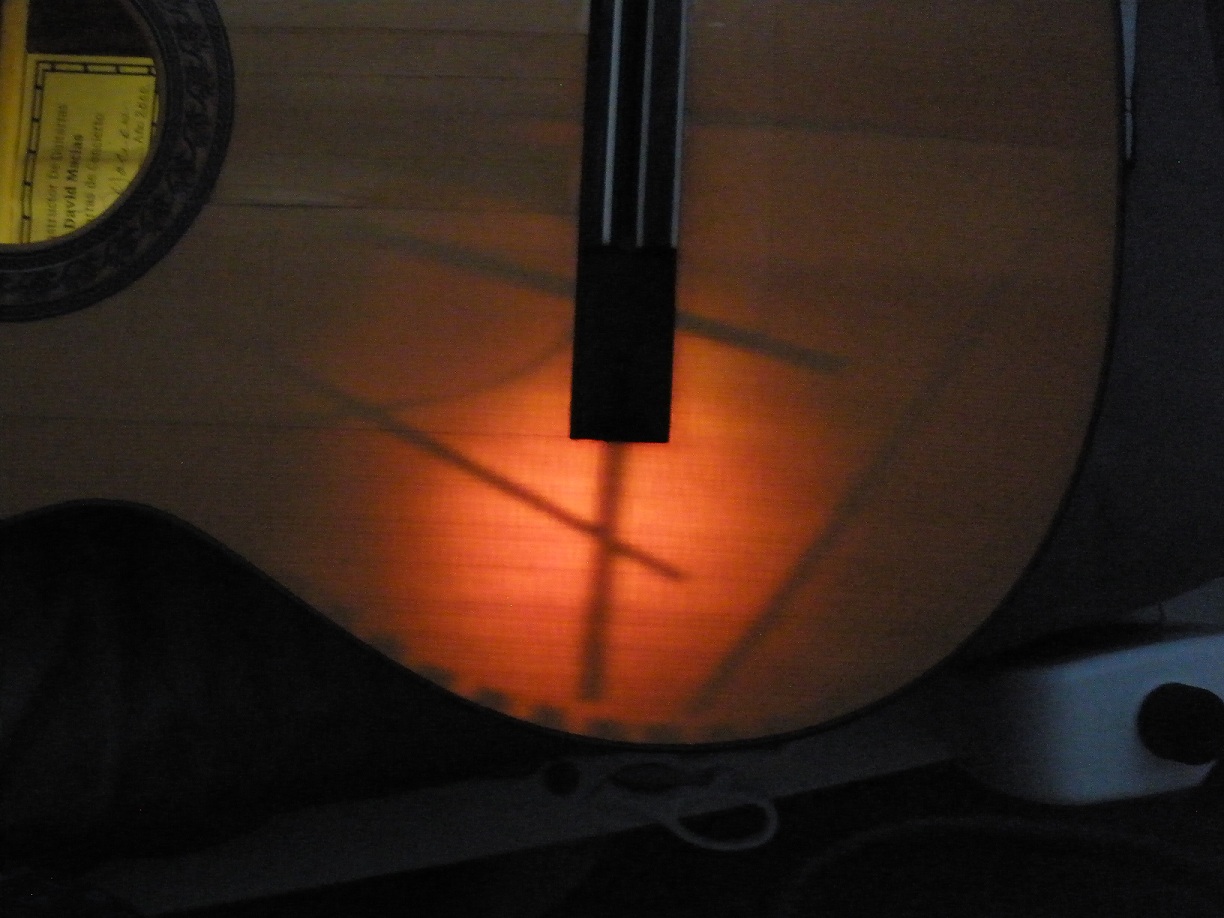
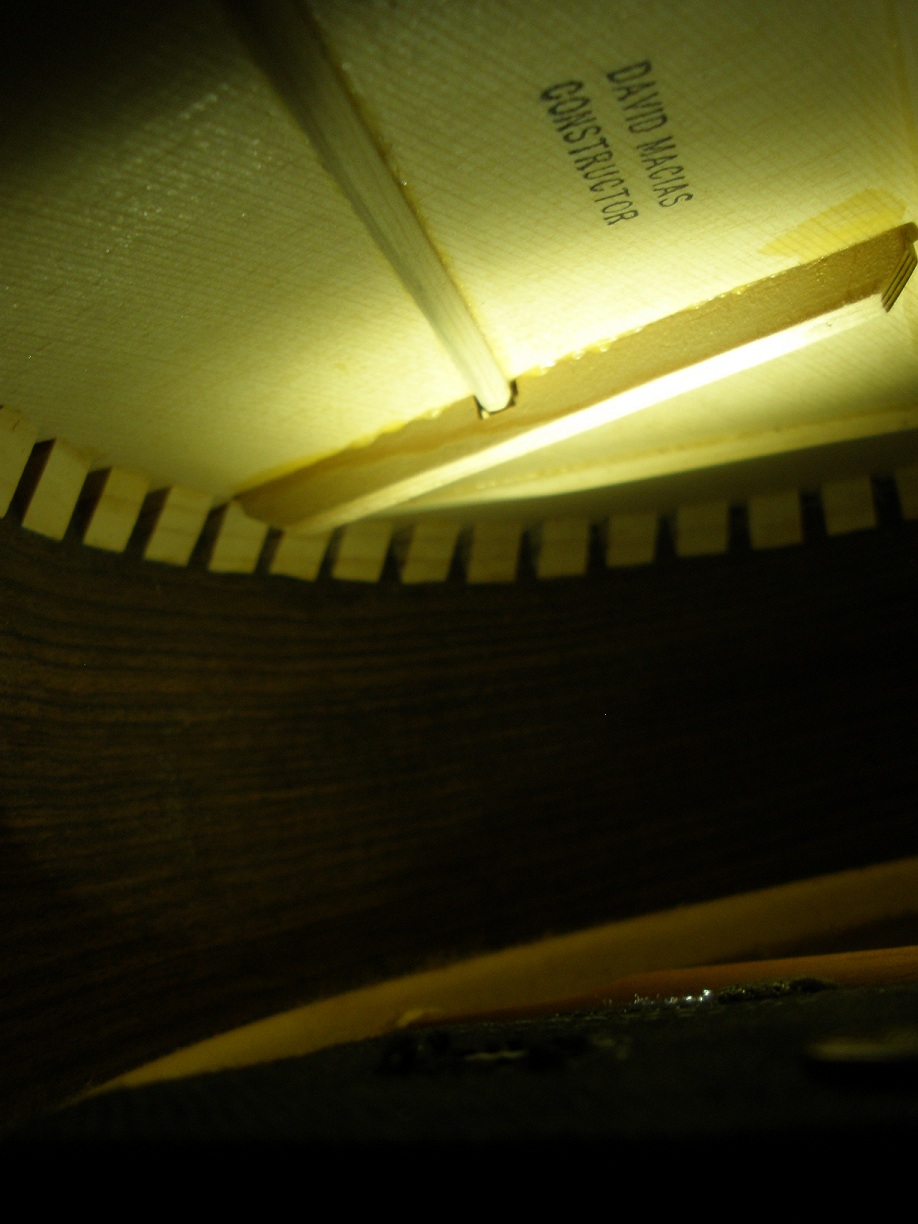
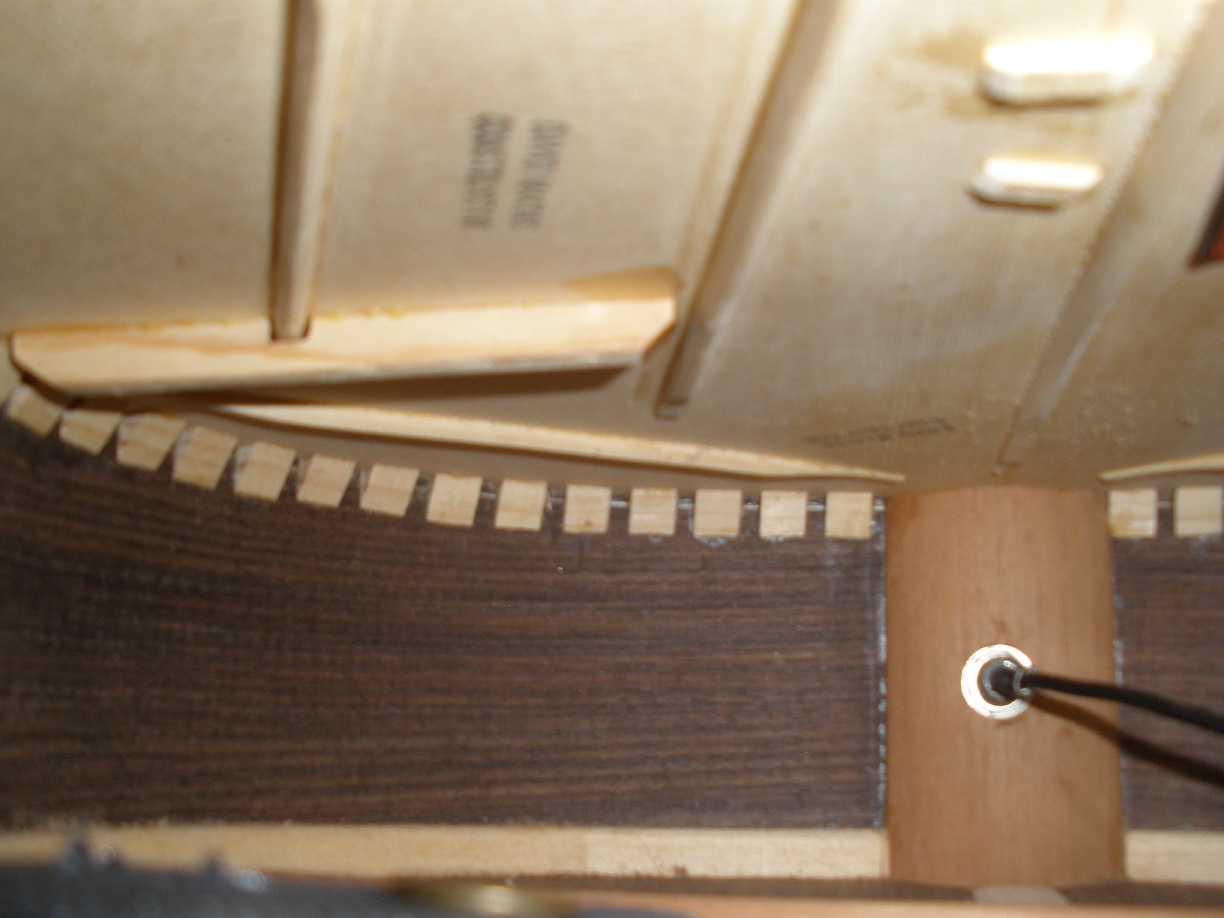

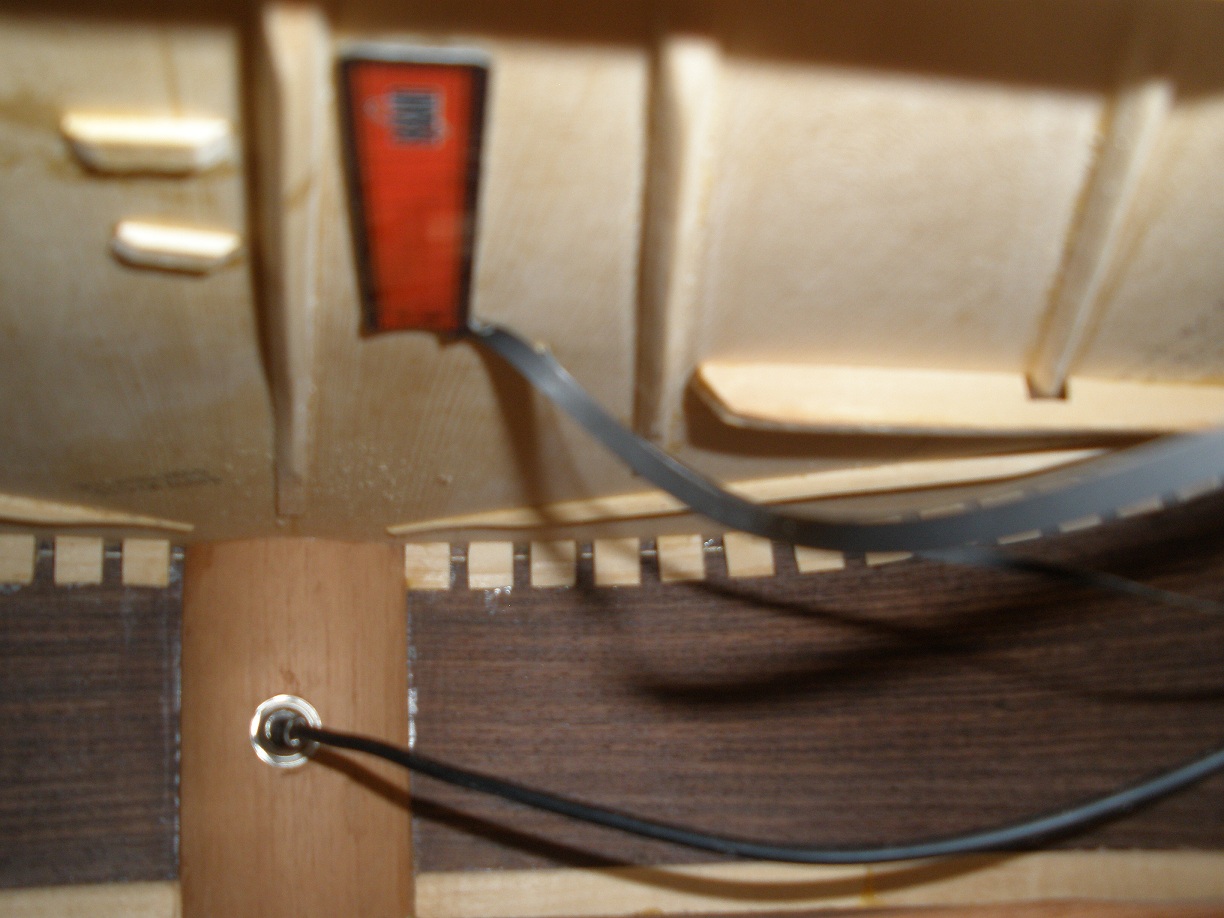

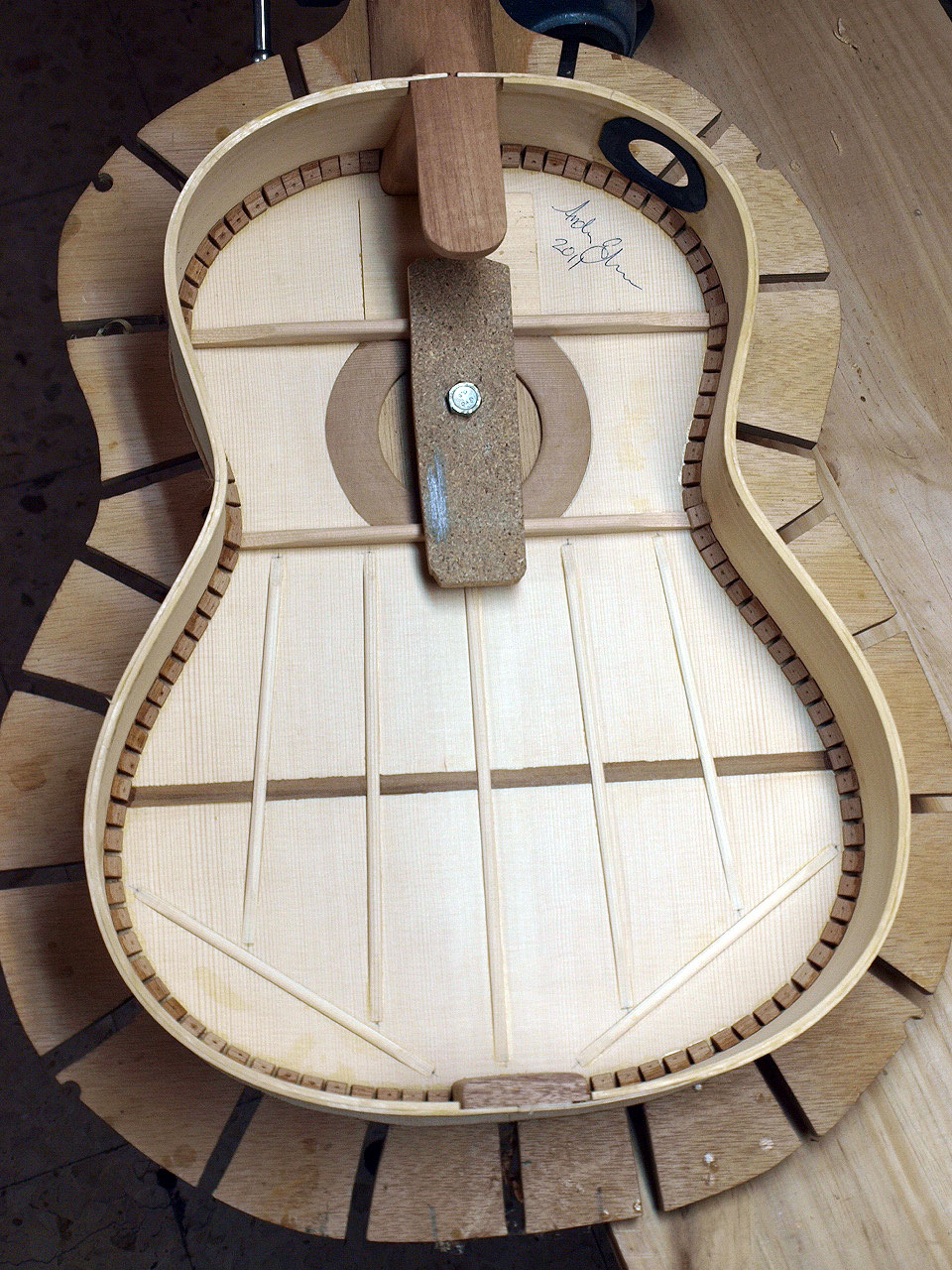






 New Messages
New Messages No New Messages
No New Messages Hot Topic w/ New Messages
Hot Topic w/ New Messages Hot Topic w/o New Messages
Hot Topic w/o New Messages Locked w/ New Messages
Locked w/ New Messages Locked w/o New Messages
Locked w/o New Messages Post New Thread
Post New Thread